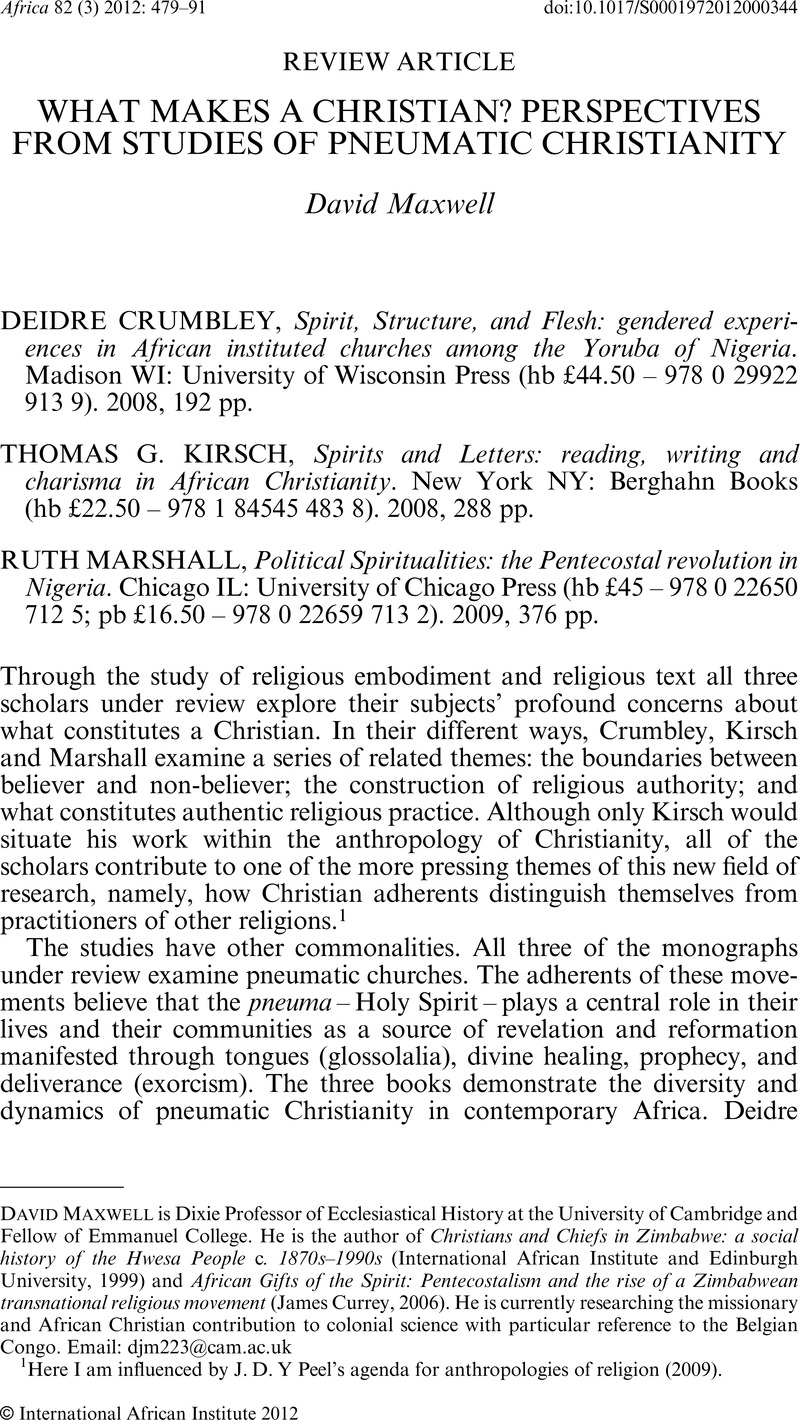Crossref Citations
This article has been cited by the following publications. This list is generated based on data provided by Crossref.
Kirsch, Thomas G.
2013.
Pneumatologie und die Konstituierung soziospiritueller Gemeinschaften.
KZfSS Kölner Zeitschrift für Soziologie und Sozialpsychologie,
Vol. 65,
Issue. S1,
p.
311.





